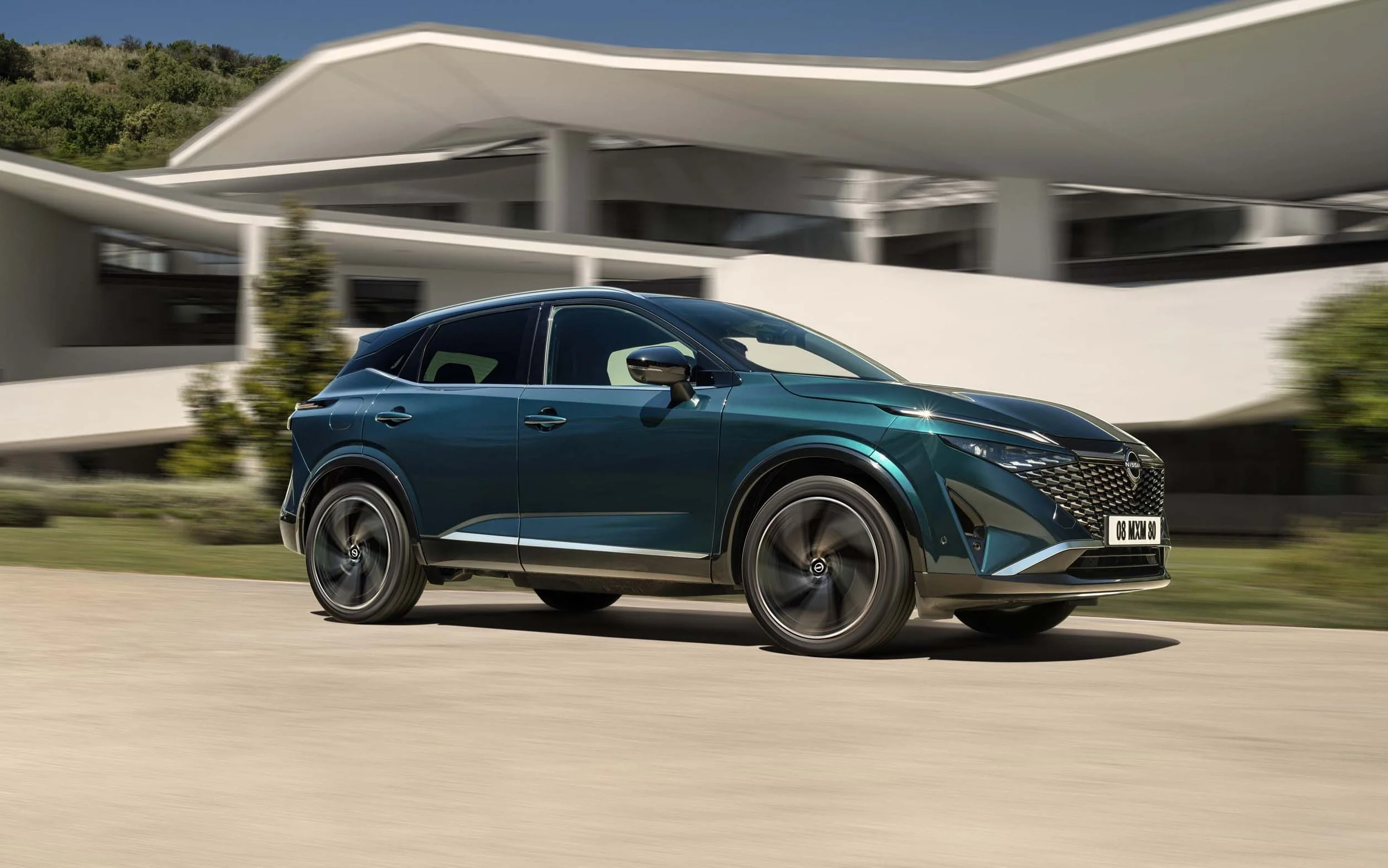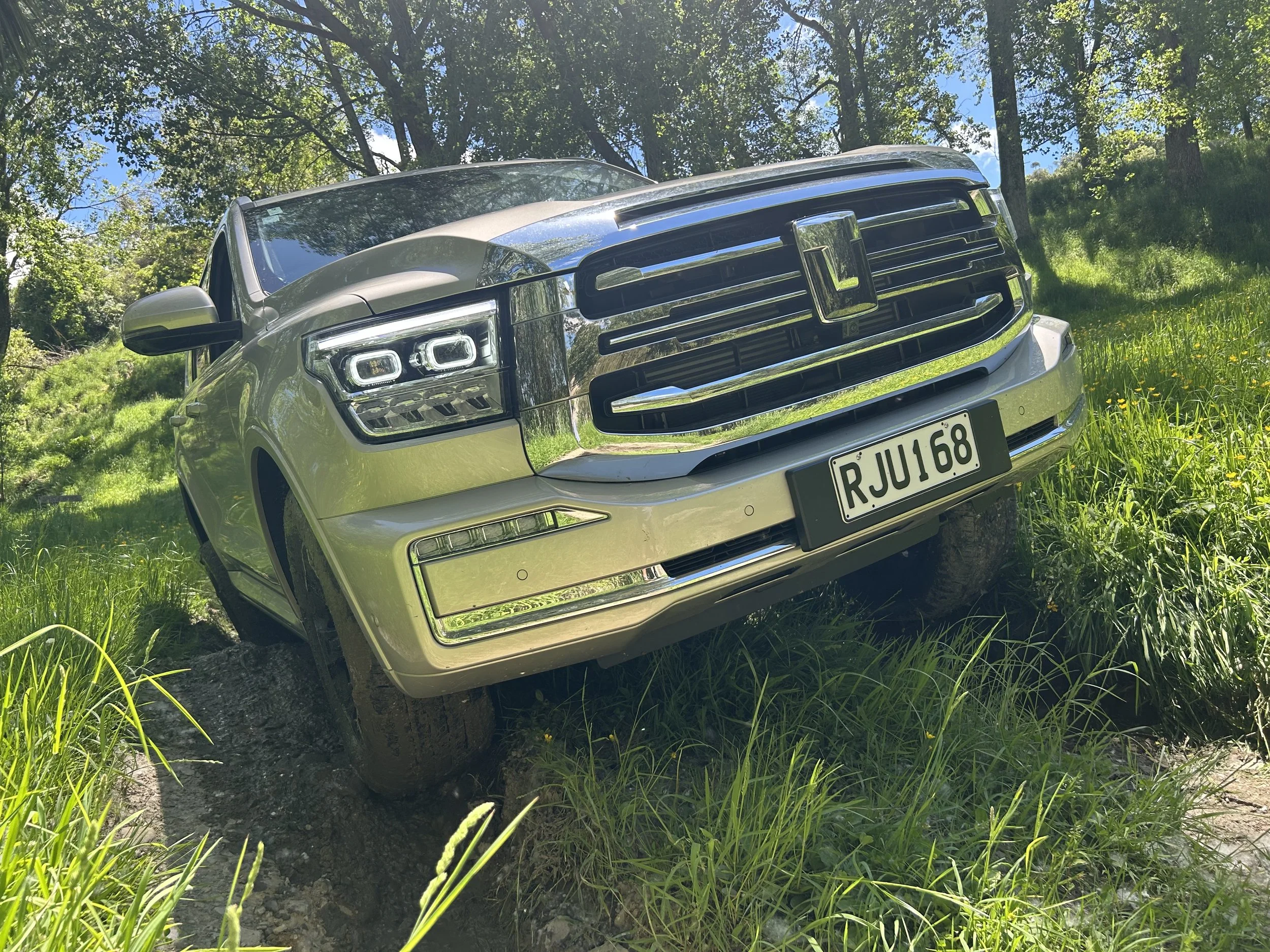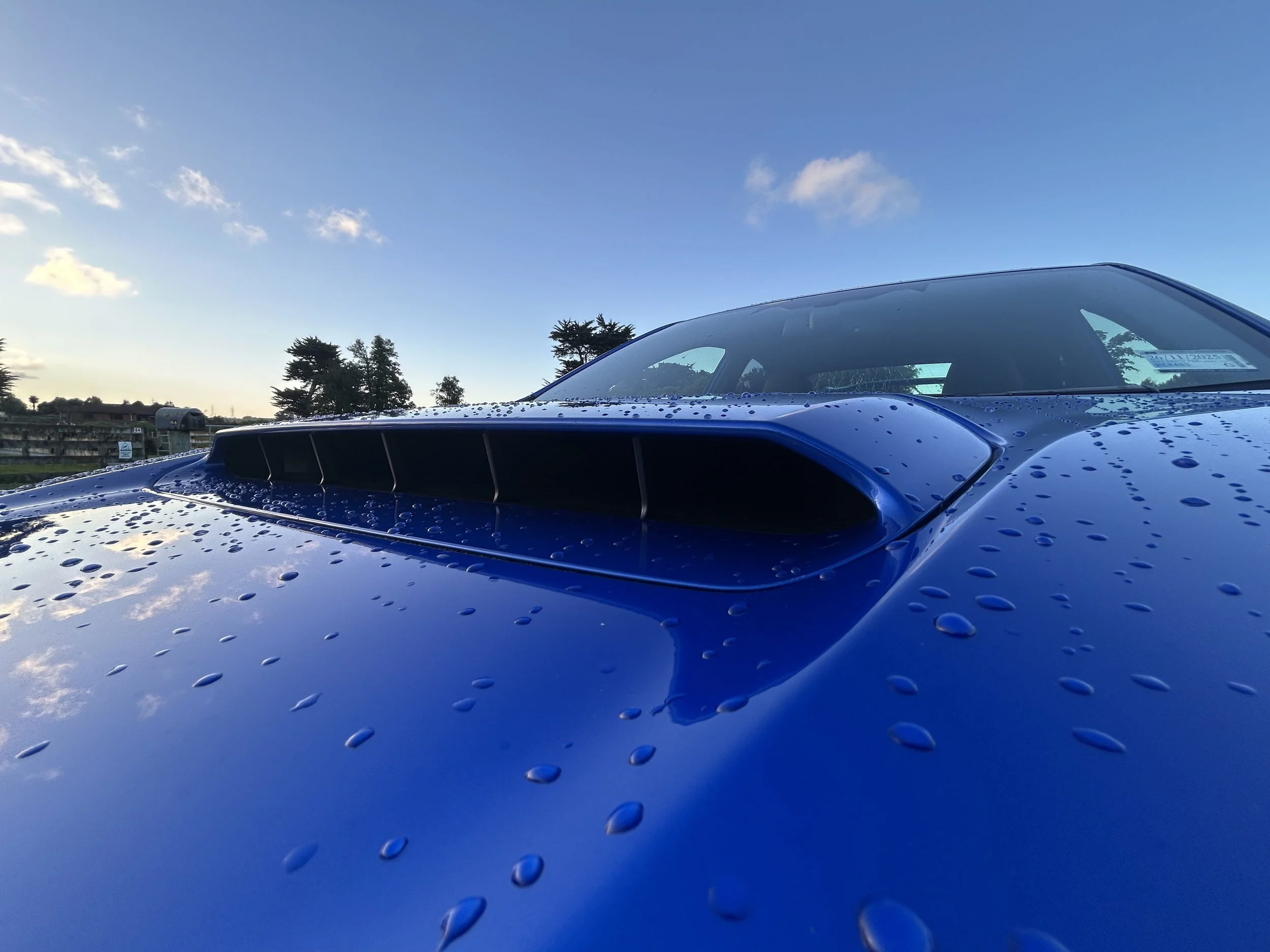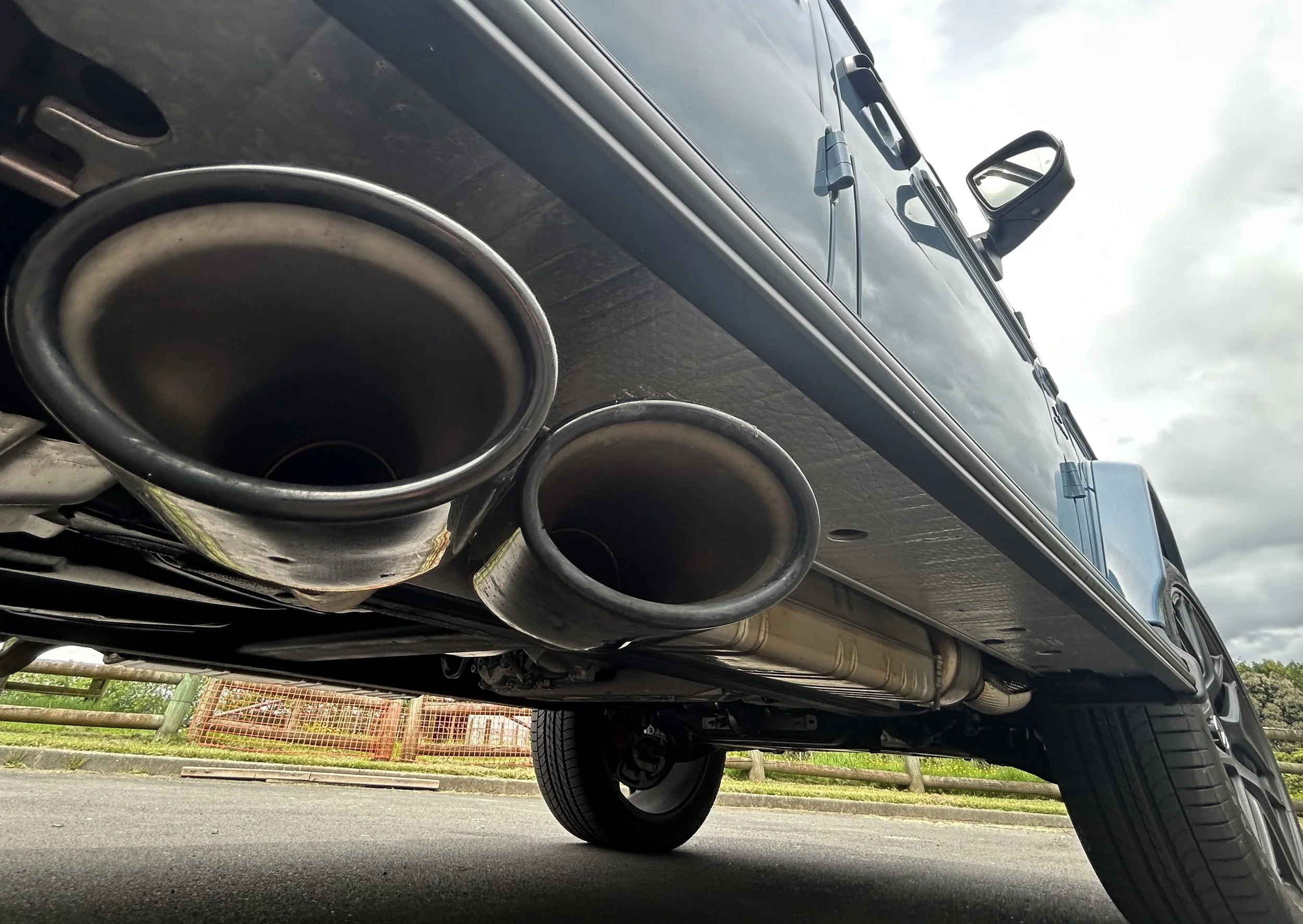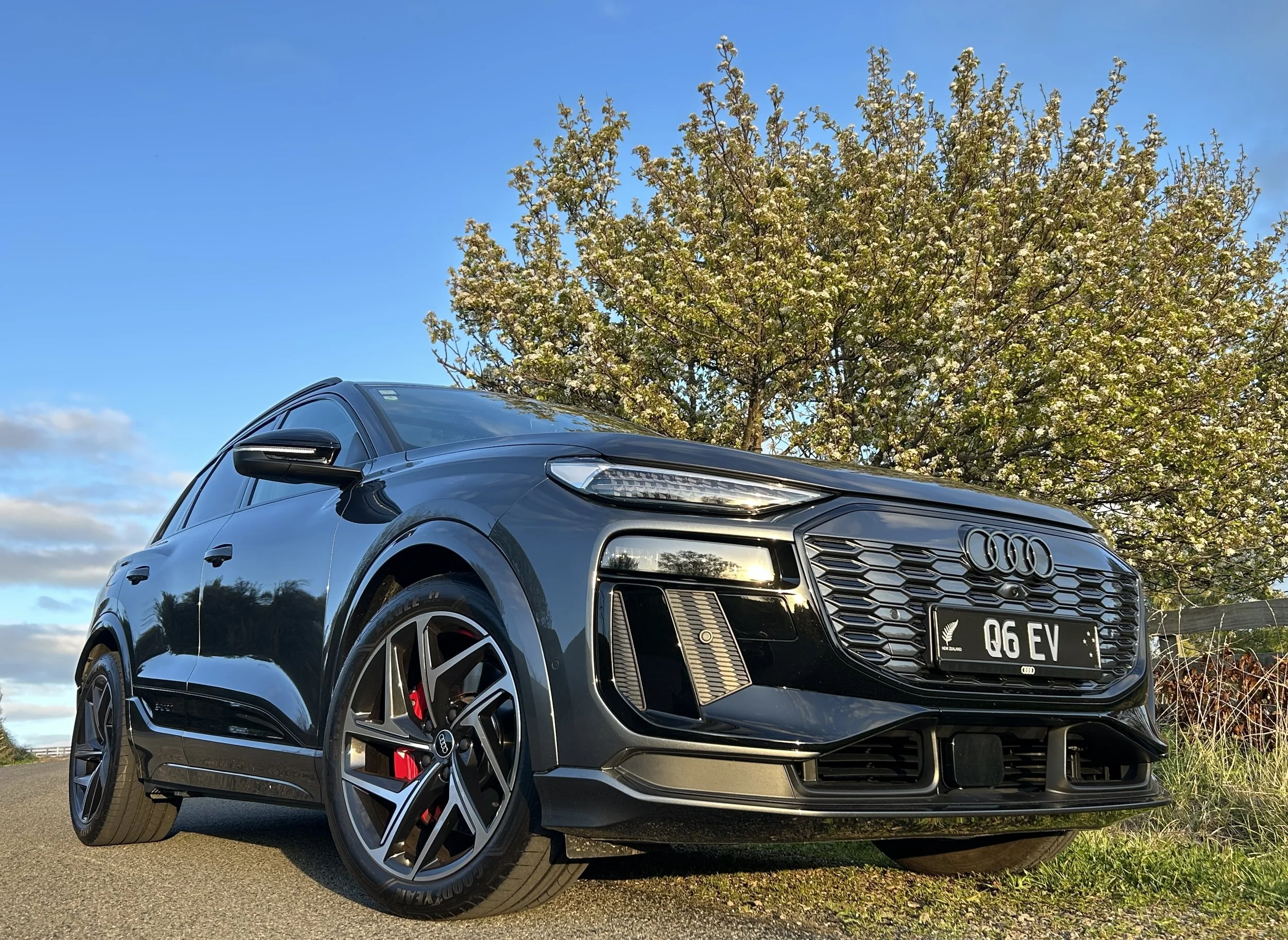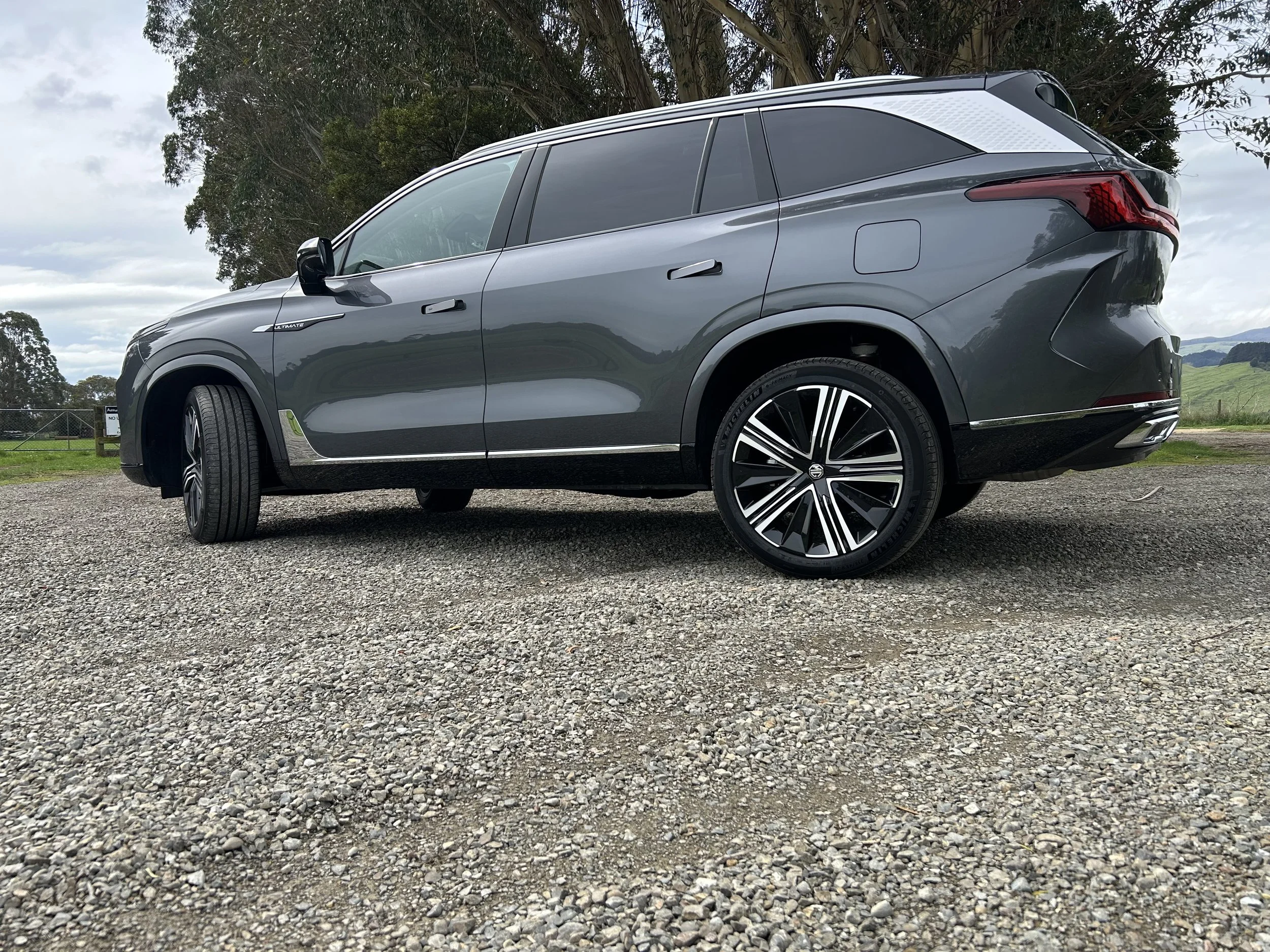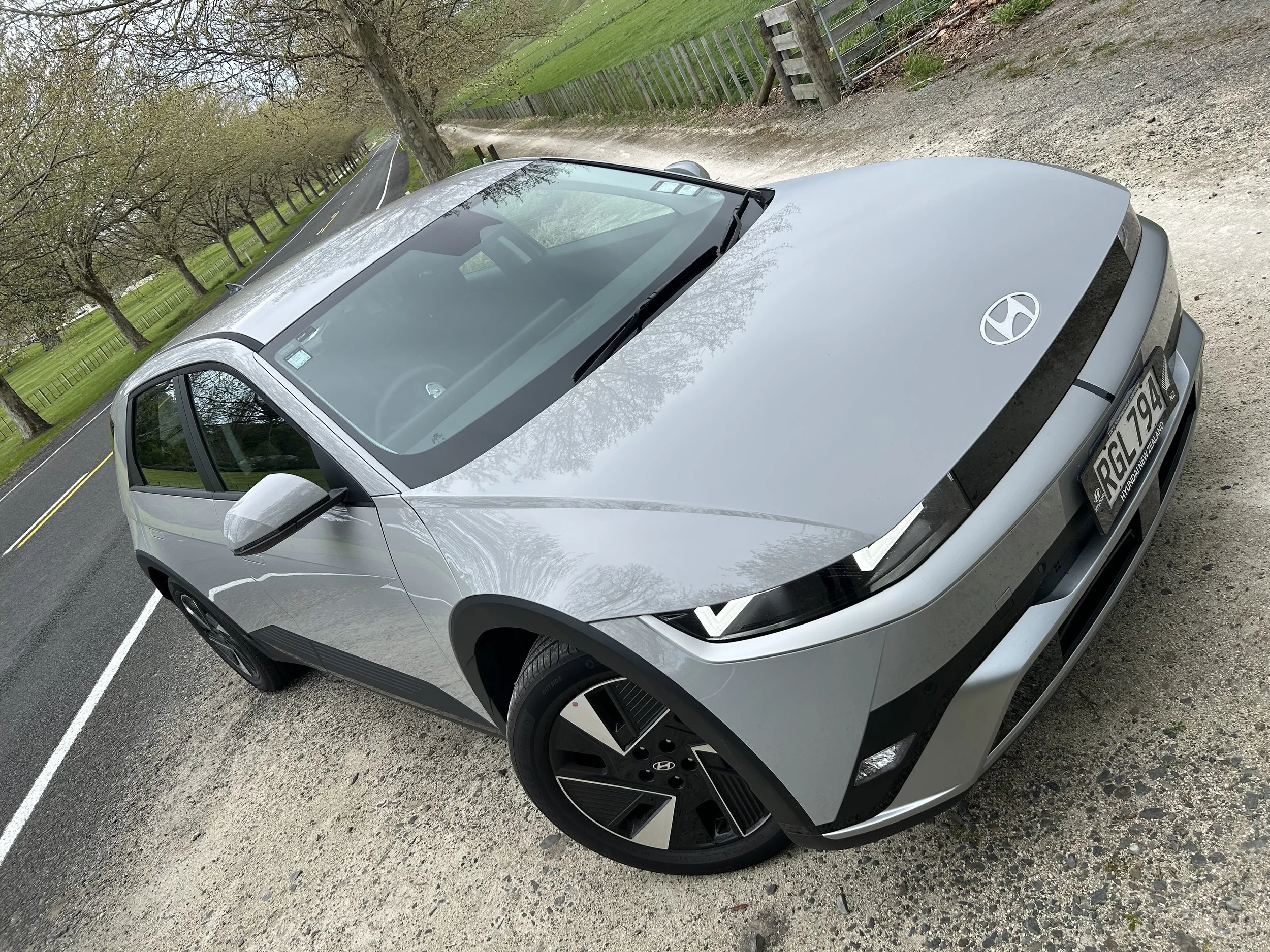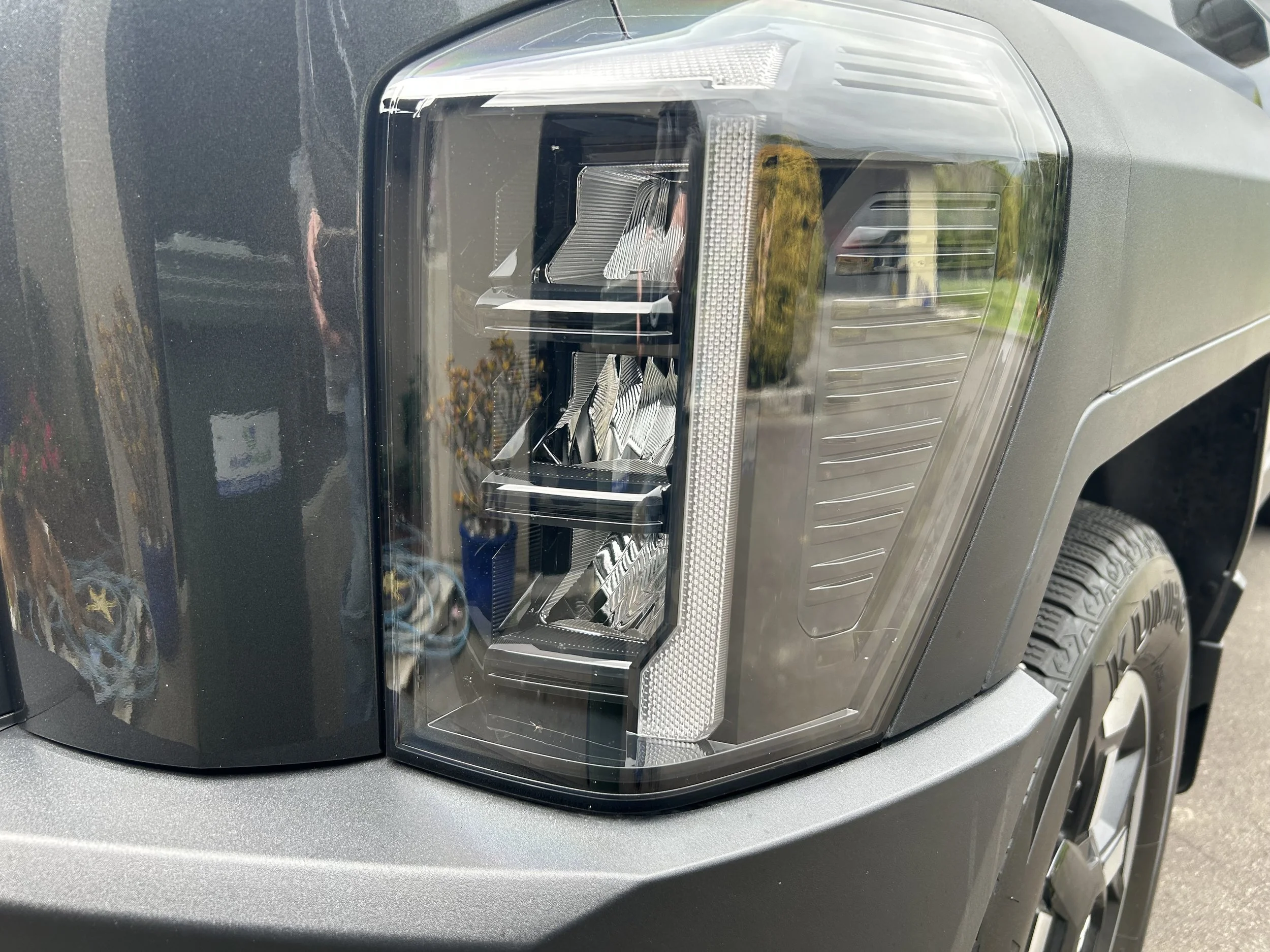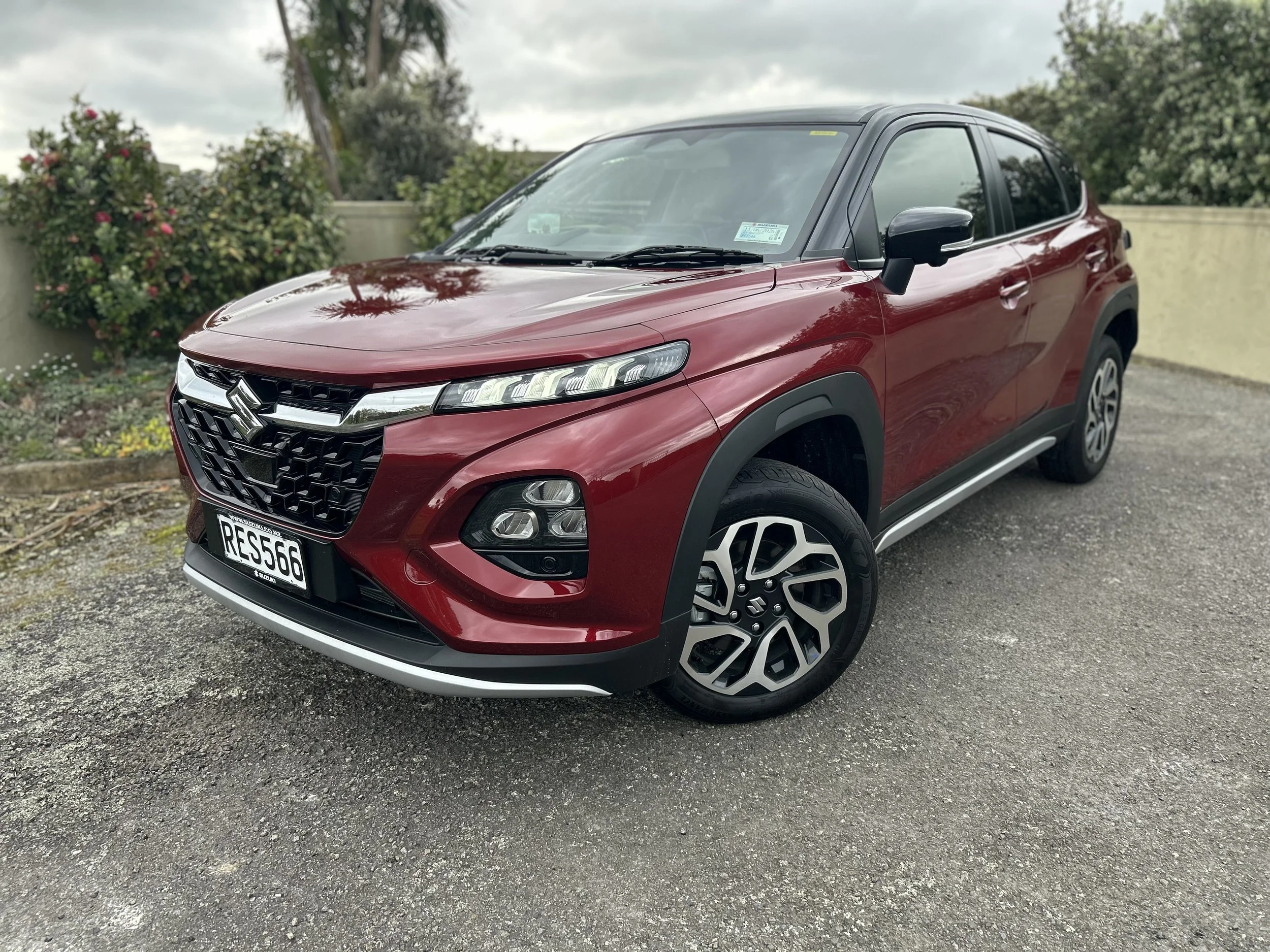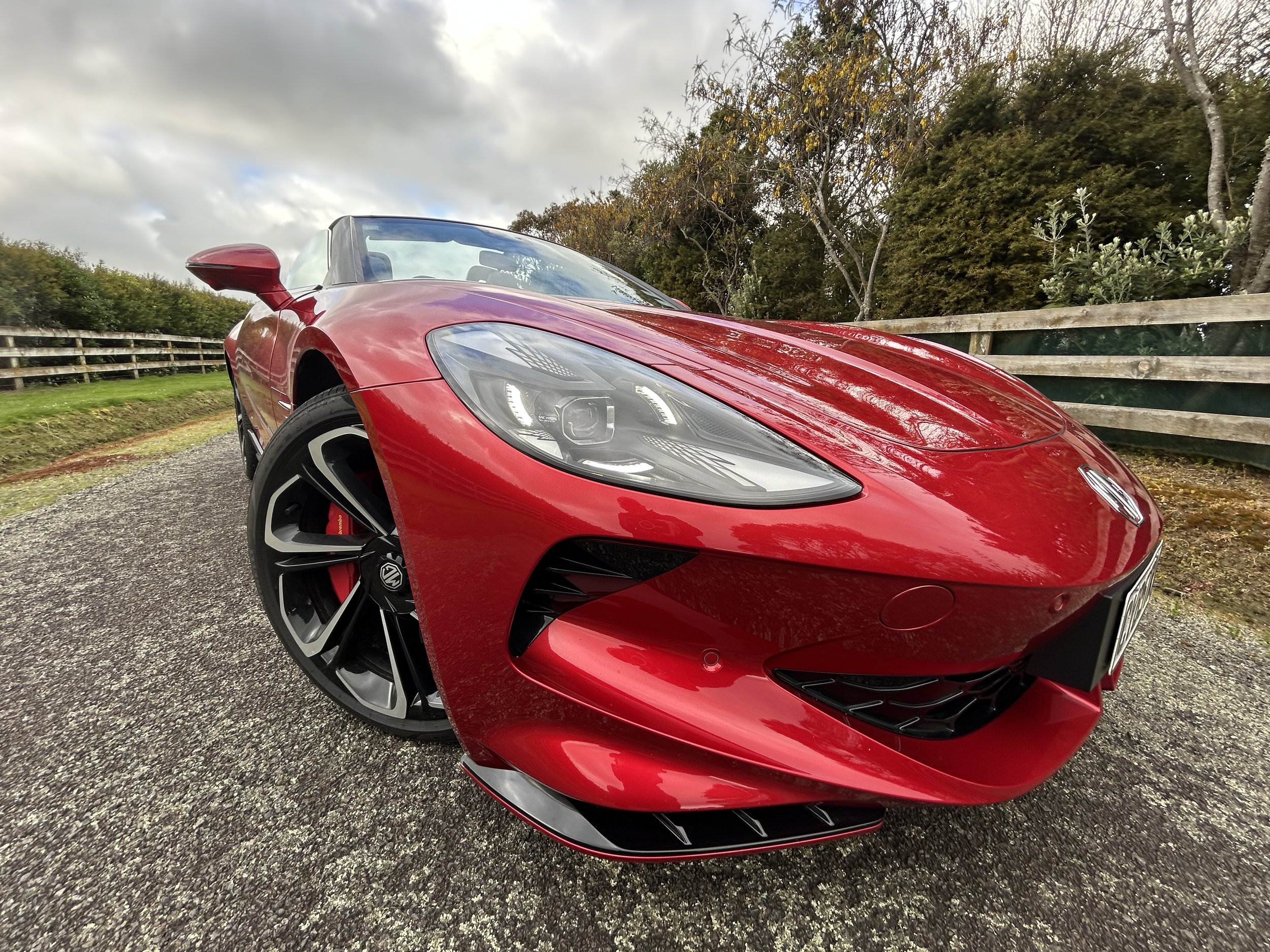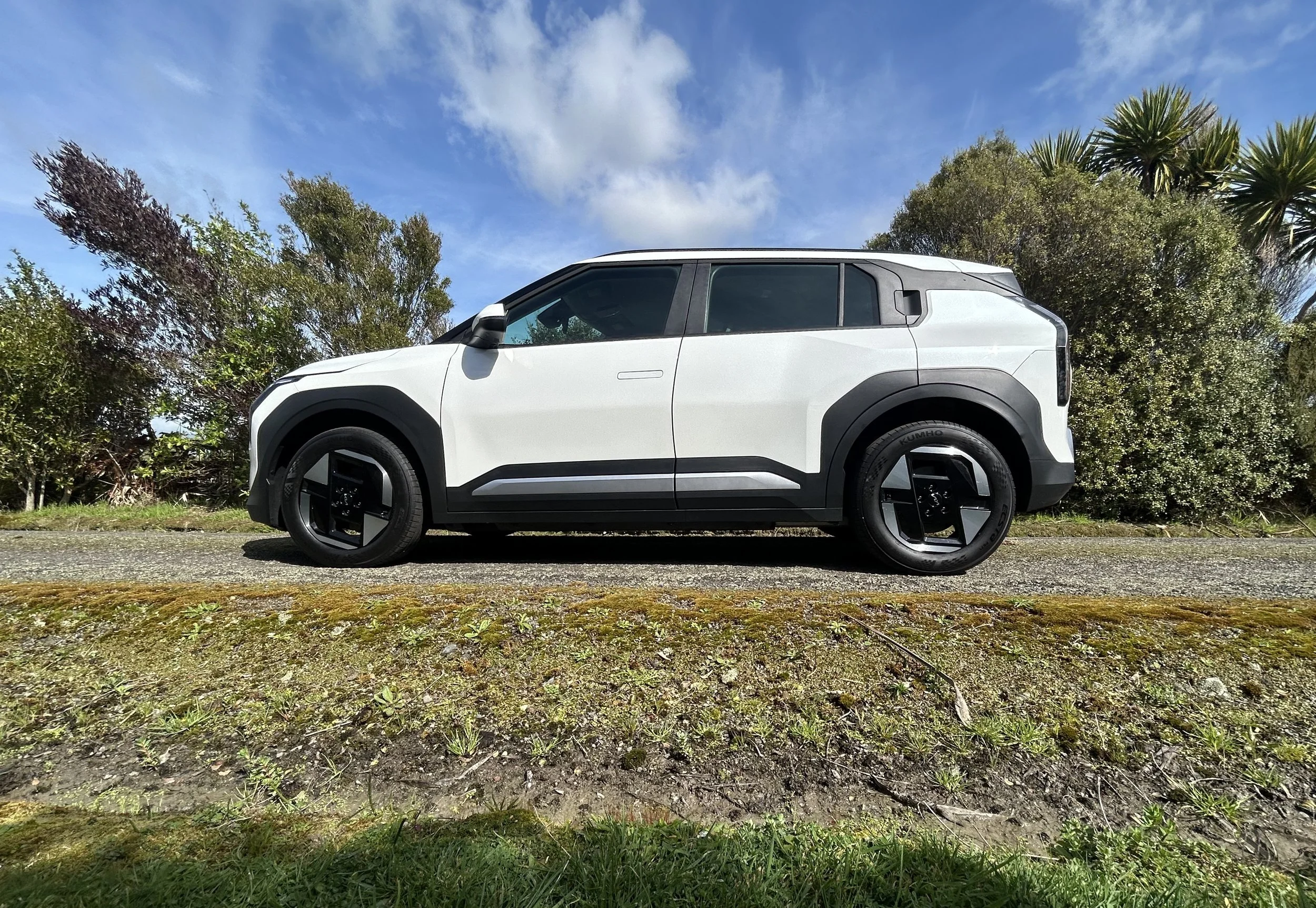Nissan’s alternate electric improved
/The electric car that relies on a fuel we’re supposed to put behind us has just become more efficient.
MORE power, refinement and productivity is coming to the one wholly electric vehicle drivetrain not burdened by Road User Charge.
Nissan’s e-Power set-up furnishes in the X-Trail and Qashqai sports utilities here.
While it is specifically an update for the latter which has just unveiled internationally, both run a common platform and drivetrains, so chances are X-Trail will also benefit.
Nissan New Zealand has yet to comment about when the refreshed Qashqai will come here, but product here is co-shared with Australia, where reports suggest early 2026.
Modest registrations for e-Power seems to reflect the challenge the brand has in highlighting the system's advantages over fully battery reliant cars.
Ostracised under Labour’s now defunct Clean Car, because it categorised as a petrol powerplant - regardless that it uses a internal combustion engine specifically as a generator, not to drive the wheels - e-Power became advantaged when the National-led coalition took control and pulled road user exemption from electric vehicles (EV) and plug-in hybrid vehicles (PHEV).
The administration has said it will draw petrol cars into that tax, but has yet to do so.
As is, while owners of light EVs pay $76 per 1000 kilometres, to match equivalent diesel-powered vehicles, and PHEV owners pay a reduced rate (recognising that they also pay excise duty on their petrol) e-Power runs scot-free.
The update announced by Nissan doesn’t alter the format, which is defined as a series hybrid, but it now claims that a car starting with a full tank of petrol has the ability to drive for up to 1200km before refuelling.
The new system still relies on a three-cylinder petrol engine to constantly top up the compact lithium-ion battery which feeds twin electric motors - one each at the front and rear axles - that drive the wheels.
With no external electric replenishment required, Nissan claims e-Power are a more convenient way to get people used to an electric car, without going to total petrol-less commitment.
If they do that, it has the latest Leaf, also just internationally unveiled and expected locally in 2026, despite Nissan NZ being reluctant to express this, or the latest Ariya.
The e-Power needs fuel in the tank to operate, but is an uncomplicated arrangement. For instance, there’s no gearbox because the electric motor drives the wheels directly.
The brand has now has boosted the performance of the system, made it quieter and further reduced fuel consumption.
There's a new ‘five-in-one’ electric motor design, which integrates the electric motor, generator, inverter, reducer and increaser into a more compact and lighter package.
The 1.5-litre engine adopts the company’s ‘STARC’ - that's Strong Tumble and Appropriately stretched Robust Ignition Channel for acronym fans - combustion cycle that.
This reportedly increases thermal efficiency by as much as 42 percent. Sorry, what? That means 42 percent of the fuel burned is turned into power, with the rest turned into heat. It’s a very high figure for a petrol combustion engine. The new unit loses variable compression. A larger turbo has also been fitted.
Output of 151kW is an 11kW jump on the previous engine, still sold here, and it optimally consumes 4.5 litres per 100km of fuel on the WLTP cycle, down from 6.4L/100km.
CO2 emissions reduce from 116 grams per kilometre to 102g/km. Nissan says that has resulted in a 16 percent improvement in real world fuel consumption, including a 14 percent improvement at highway speeds, and it touts a claimed 1200km range.
There’s a bit less chance of hearing it work, as well; Nissan says the new unit is 5.6 decibels quieter than before for enhanced refinement. In the main that’s because it runs 200rpm lower when the car is cruising at open road speed.
There’s also saving at the factory. The latest engine has been developed to be 20 percent cheaper to produce and service intervals have extended, from 15,000km to 20,000km thanks to a new more efficient lubrication system.
Qashqai also comes in for a refresh that implements a Google built-in infotainment software, with access to the Google Play Store to download apps, and with Google Maps navigation as well. The model also takes an upgraded version of the brand’s ‘ProPilot’ driver assistance tech with improved multi-lane autonomous driving interfaces for better traffic monitoring.
The car is availing in major right hand drive markets from September, so conceivably should be an early 2026 arrival here.


